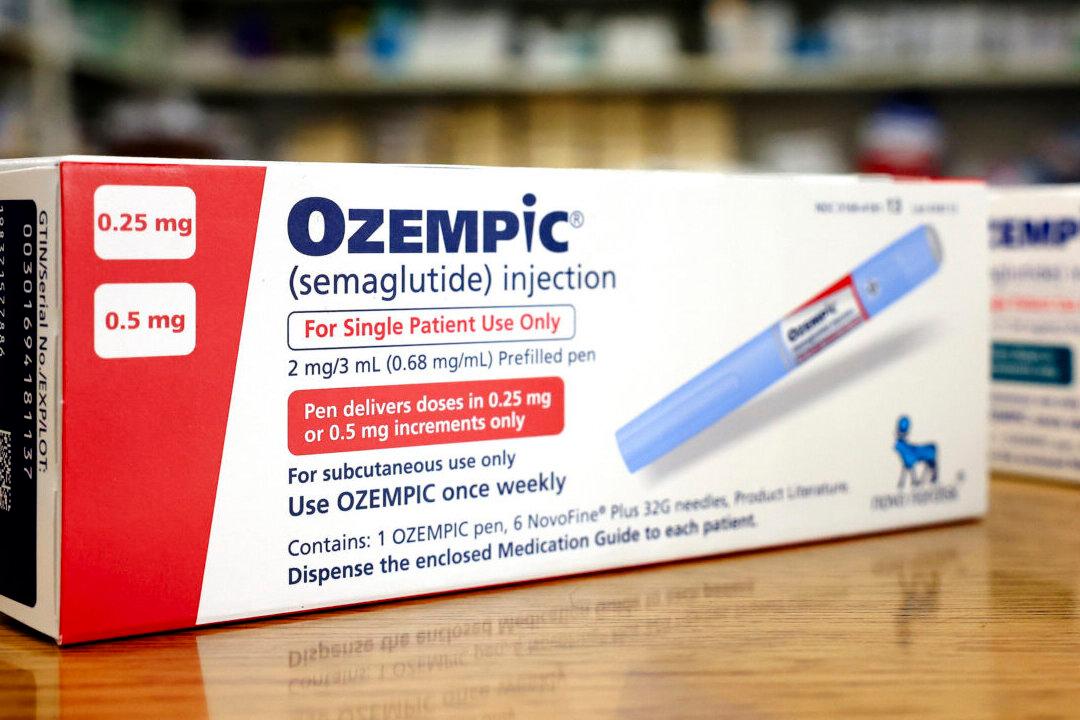Starting in April, millions of Americans who are enrolled in Medicaid despite being ineligible will be removed from the program as the federal government’s COVID-19 national emergency ends.
The national emergency declaration, signed into to law by President Donald Trump in March 2020, allowed the Department of Health and Human Services (HHS) to waive or modify some requirements for enrollment in Medicaid.





